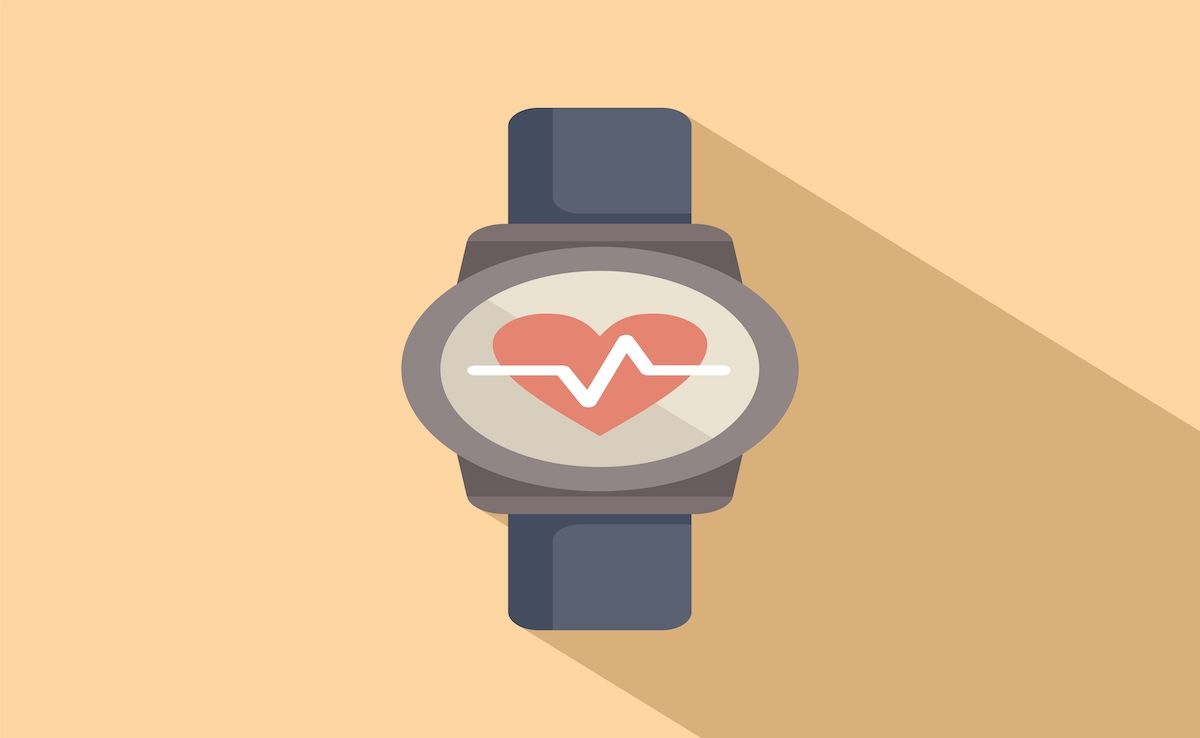Commentary
Video
The Spectrum of Pulmonary Disease: Dr Parth Rali Highlights CHEST 2024 Agenda
Author(s):
Parth Rali, MD, Temple University Hospital, is looking forward to approaching pulmonary vascular diseases as a spectrum, especially when assessing pulmonary embolism and pulmonary hypertension, at CHEST 2024.
There are multiple topics to be excited about participating in at CHEST 2024, according to Parth Rali, MD, FCCP, associate professor of Thoracic Medicine and Surgery, Lewis Katz School of Medicine at Temple University, director of Fellowship Wellness and Social Media, Pulmonary and Critical Care Fellowship, and director of the Pulmonary Embolism Response Team (PERT) Program, Temple University Hospital.
Rali is also an integral part of Temple Lung Center’s newly launched Pulmonary Vascular Disease Program, which provides comprehensive, expedited care for high-risk pulmonary hypertension and embolism cases, including mechanical support and lung transplant evaluations while extending outpatient services across multiple locations. With 11 active clinical trials and a strong focus on clinical research, the program serves as a leading resource for both complex patient care and advancing pulmonary vascular disease treatment.
In this interview, he highlights how the meeting's sessions focus on the spectrum of pulmonary vascular diseases, including pulmonary embolism and pulmonary hypertension, and emphasizes how this approach aligns with the practice at Temple University Hospital, viewing these conditions as interconnected rather than separate entities.
This transcript has been lightly edited for clarity.
Transcript
Are there any data, sessions, or trending topics that you're looking forward to at CHEST 2024?
Absolutely; I mean, CHEST is kind of our go-to conference for a lot of physicians like myself who are interested in pulmonary vascular disease. And what I mean by that is that people oftentimes group different diseases like pulmonary embolism and pulmonary hypertension and try to have specialization or expertise in one versus the other.
I think more and more we are realizing that both fall under the umbrella of pulmonary vascular disease. It's important because that's how we approach our patients locally at Temple Lung Center. And I think that's exactly how CHEST views pulmonary disease: as a spectrum. It starts with pulmonary embolism, which is more on acute RV [right ventricular] failure, and then you have advanced pulmonary hypertension [and] different vascular diseases that can get involved in the patients with lung center and lung diseases. And there are a lot of sessions happening on the spectrum. So, I think I'm super excited for those looking at the full spectrum of the journey of different sessions that will be covering this essential topic of pulmonary vascular disease in general.
One of the other things I'm excited about is that at Temple Lung Center we believe in training the next generation. I mean, that's what we do at an academic center; we want that. Yes, I'm good, or I may be doing great, but how do I reproduce [that knowledge]? How do we create a task force of pulmonology intensivists who will go out into the community and take the leap forward? And I think that's something that we take very seriously here at Temple Lung Center in our fellowship training program.
Nothing makes me happier when my fellows go out to the conferences, work on the research data, and present that data. So, one of our fellows, Dr. [Krunal] Patel, will be attending the conference. Actually, we have 3 of our fellows were invited to attend a fellows course, which is always by invitation and selection—3 fellows have the opportunity to attend CHEST's fellows courses, where I'll also be teaching about pulmonary artery waveforms and pulmonary vascular disease states. But they'll be attending that course, and one of my fellows will be taking a scientific approach and has an oral presentation for his scientific abstract, where he has looked into the timing of a large board mechanical thrombectomy in patients with pulmonary embolism because sometimes we know that patient needs to be treated, but sometimes we don't know when we should treat that patient. Should we treat that patient right away? Should we treat that patient a few hours later? Is there any benefit? There's no guidance on that.
It's the tip of the iceberg that we are scratching, but I think as we have more options and we have more teams involved, we also need to figure out when we should be doing those interventions: who can wait and who cannot wait? So, he's looking into some further details about benefits versus risks of doing intervention early versus waiting a few hours, and is there a difference? I'm excited to see what he has to present, but that's something that we have been working on for the last 6 months, that we will be presenting just this year.




